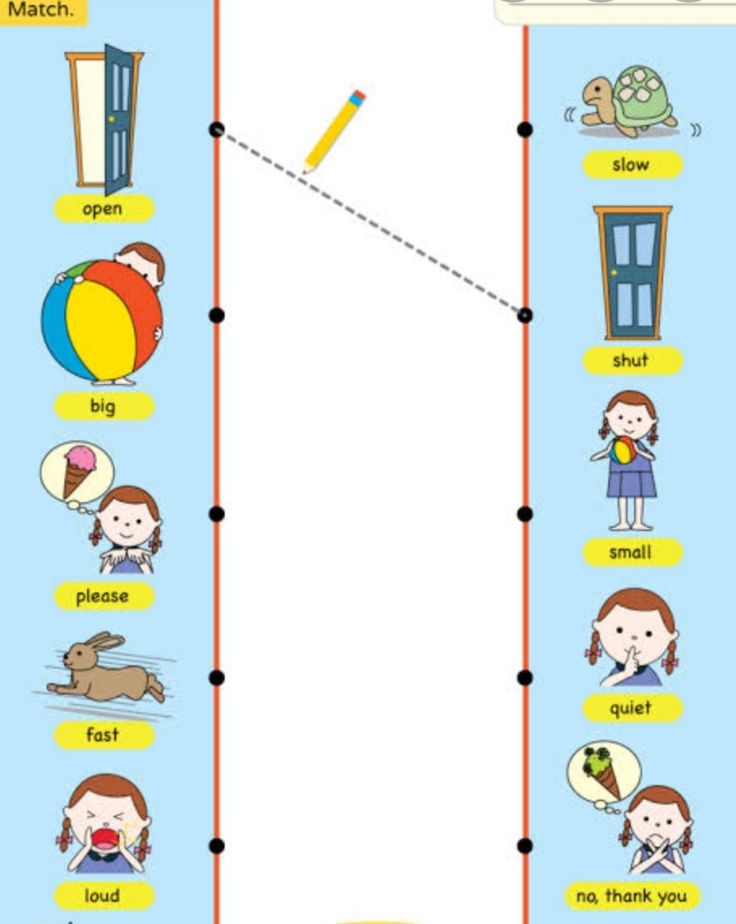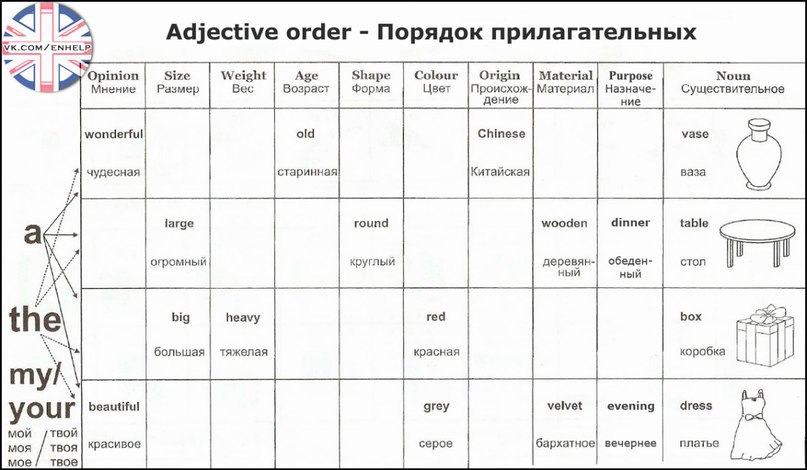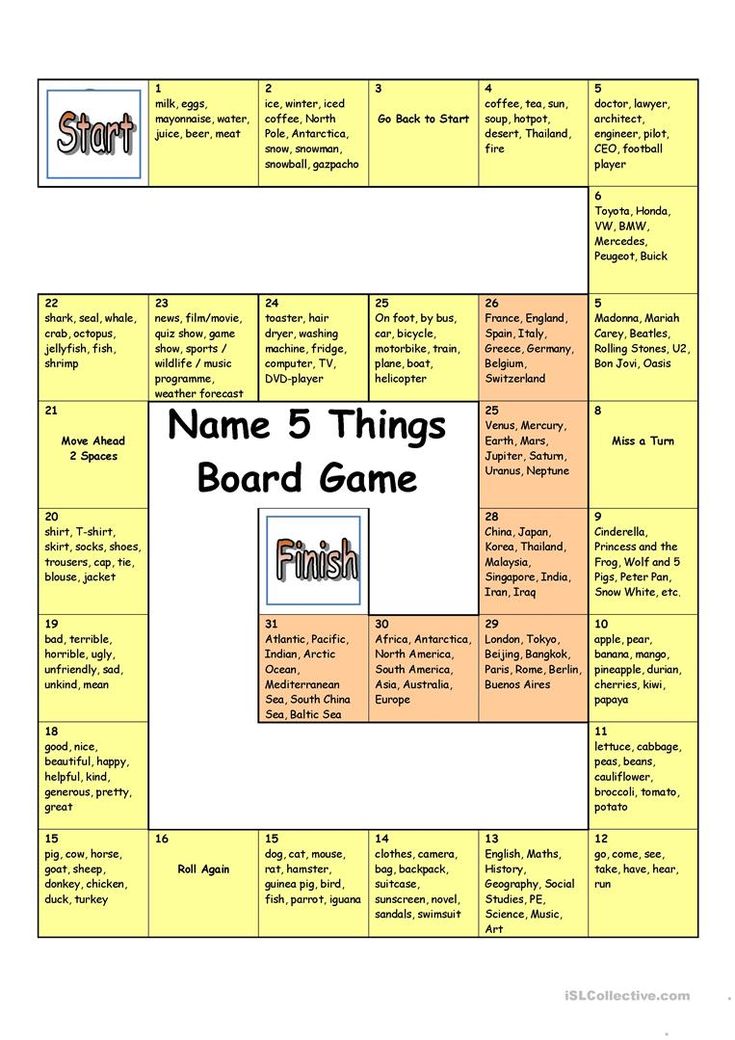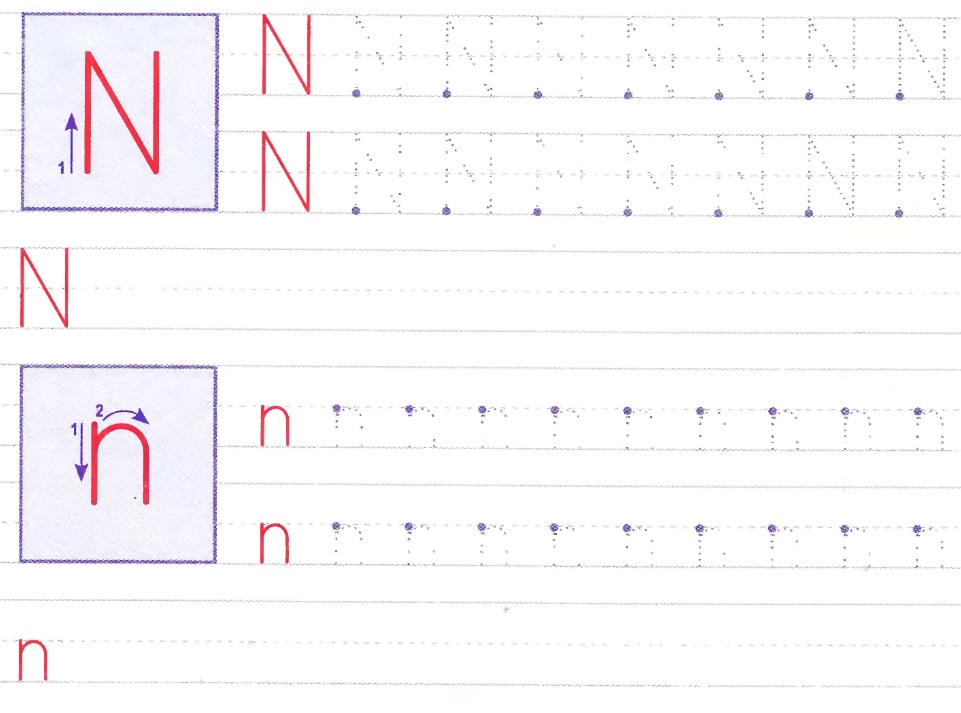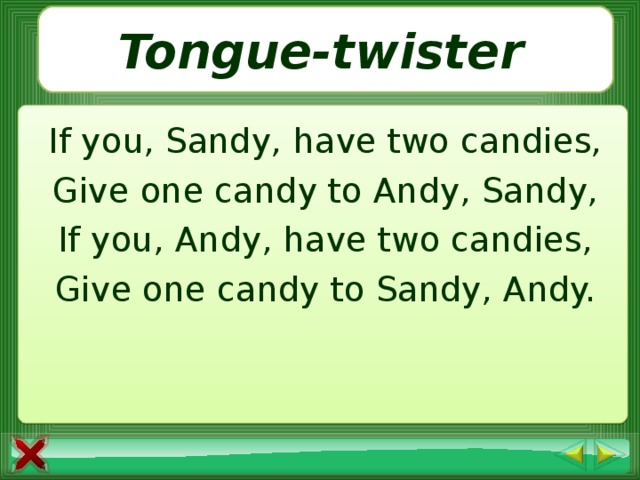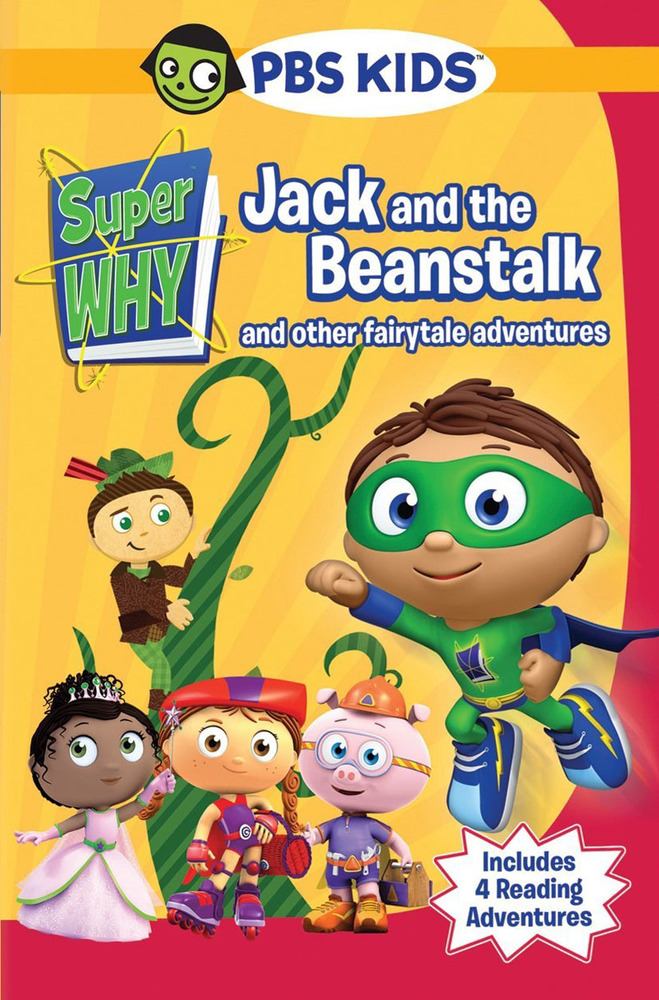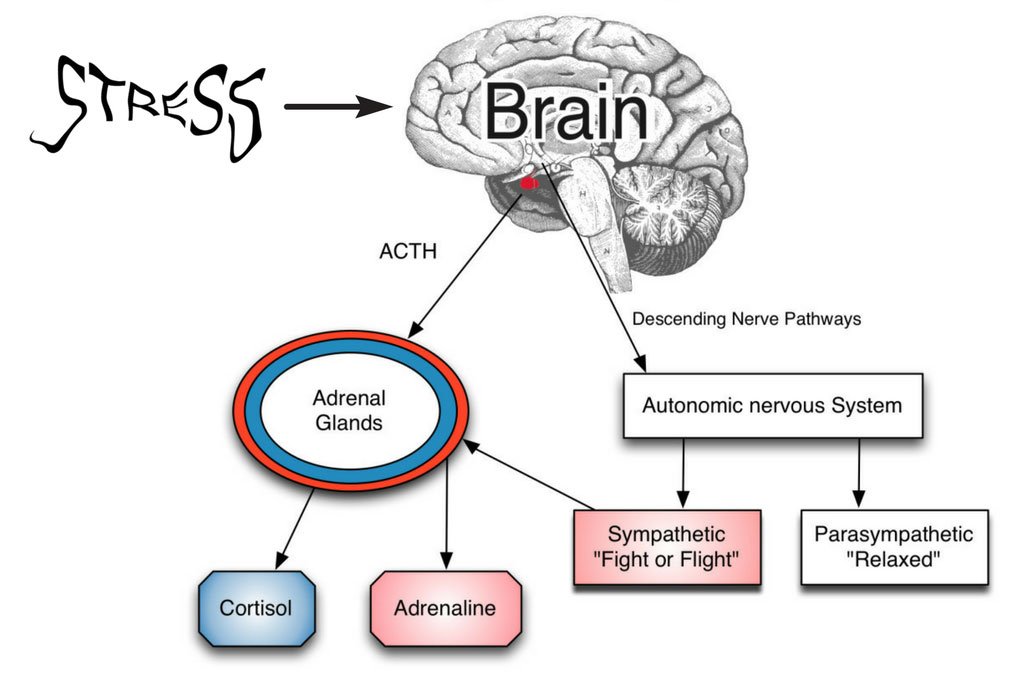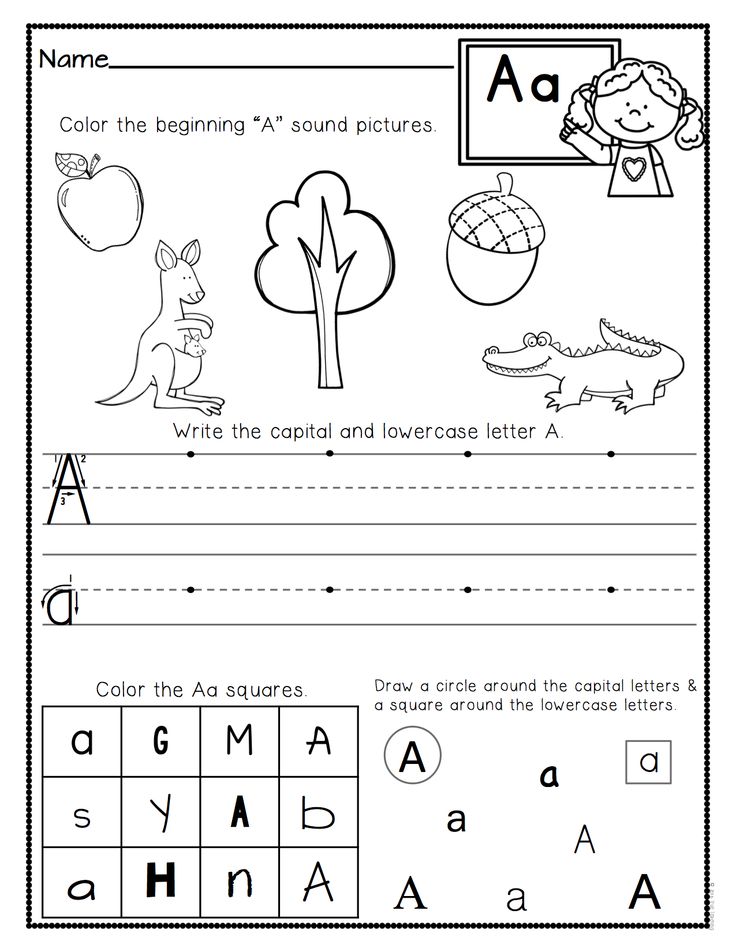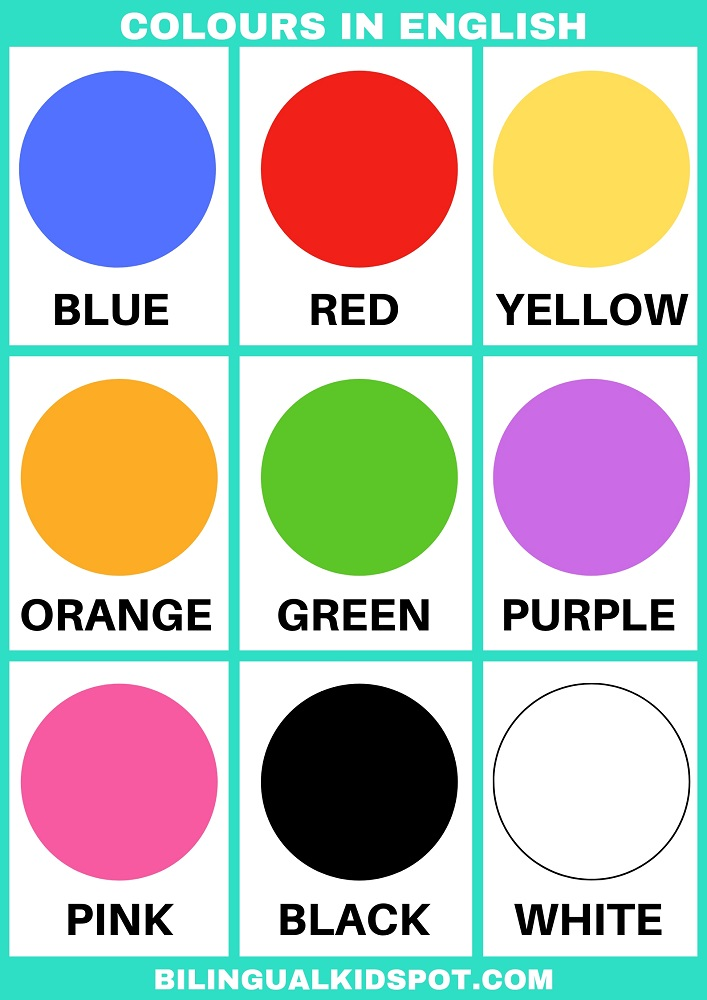Upper and lowercase letter activities
FREE Frog Uppercase and Lowercase Letter Activities
This post contains affiliate links for your convenience. View our full disclosure policy here.
Letter identification is a skill that we work on all year long! Because it’s a skill that we practice a lot, I know how important it is to have plenty of letter identification activities and approaches for my students to master this skill. I never want it to become boring. Today I’m sharing some fun and free Frog Uppercase and Lowercase Letter Activities and the various ways you can use them in the classroom. These letter activities are a great addition to your literacy centers, small groups, or interventions!
*Pair with our Alphabet Centers and Activities for Pre-K & Kindergarten!
This letter matching activity includes uppercase lily pad letter cards and lowercase frog letter cards. To prep, simply print the uppercase and lowercase letter cards and cut them apart. I recommend printing on cardstock and laminating for long-lasting durability.
These letter cards are so versatile. Check out some of my favorite ways to use them with my students below!
Uppercase and Lowercase Letter Match
The first and most common way to use these cards is to match the uppercase letters to the lowercase letters.
I love to introduce letter activities like this as though my students are going to bring each frog to their own lily pad. This adds a sense of imagination to a simple activity intended to build their letter foundation. Set out all or just some of the letter cards.
Teacher Tip: For students who are struggling to learn their letters, set out only a small group of letters. Include the letters they know and only a few (1-3 depending on the student) letters they are working on learning. This will allow them to practice letters they’ve already mastered and make them feel successful. It’s important not to overwhelm students with too many letters.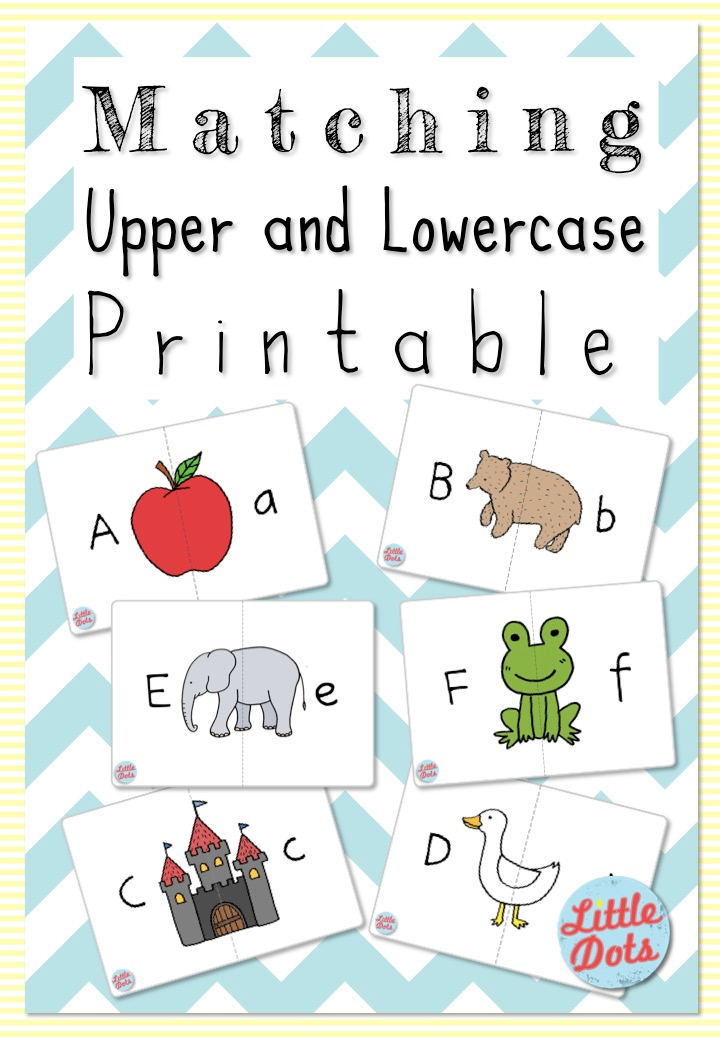
After the cards are set out, students will look for the uppercase and lowercase letter matches. The uppercase letters are displayed on lily pads, while the lowercase letters are shown on the frogs.
After all the cards are matched, students should go back and read each letter for practice. I also encourage early finishers to practice again, seeing how quickly and accurately they can match the cards while saying the letter names.
Uppercase and Lowercase Memory Match
Do you remember the age-old Memory game you used to play as a kid?
Well, why not bring it back into your classroom? Memory card games have many benefits for young children, including developing concentration or short-term memory, increasing attention to detail, and training their visual memory.
To use these cards as a Memory game, first choose the letters you would like your students to work on.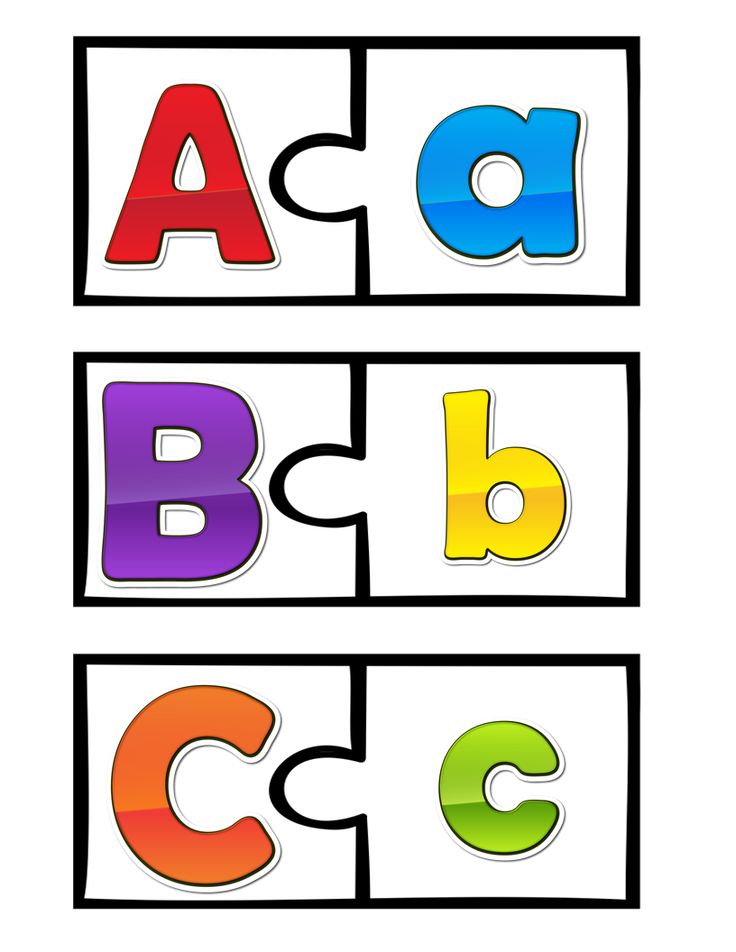 If you are using most or all of the cards, I recommend making 2 piles, one for uppercase letters and one for lowercase letters. Mix them up and place them face down.
If you are using most or all of the cards, I recommend making 2 piles, one for uppercase letters and one for lowercase letters. Mix them up and place them face down.
Students take turns flipping over 2 cards. They should also say the letter names of the cards they flip over to reinforce letter identification practice. If they are a match, the student keeps the cards. If the letters are not a match, they flip the cards back over, keeping them in the same place.
The kids will continue to play until all cards have been matched. At the end of the game, I like to reinforce letter identification again by having students read their letter cards.
Letter Smash
Your kids will love this one! Play the game with teacher direction or as a partner game for student-led fun.
Set out the letter cards that you want your students to practice. They should be face up for this activity. To play, you need to first determine who the “caller” will be and who the “smasher” will be.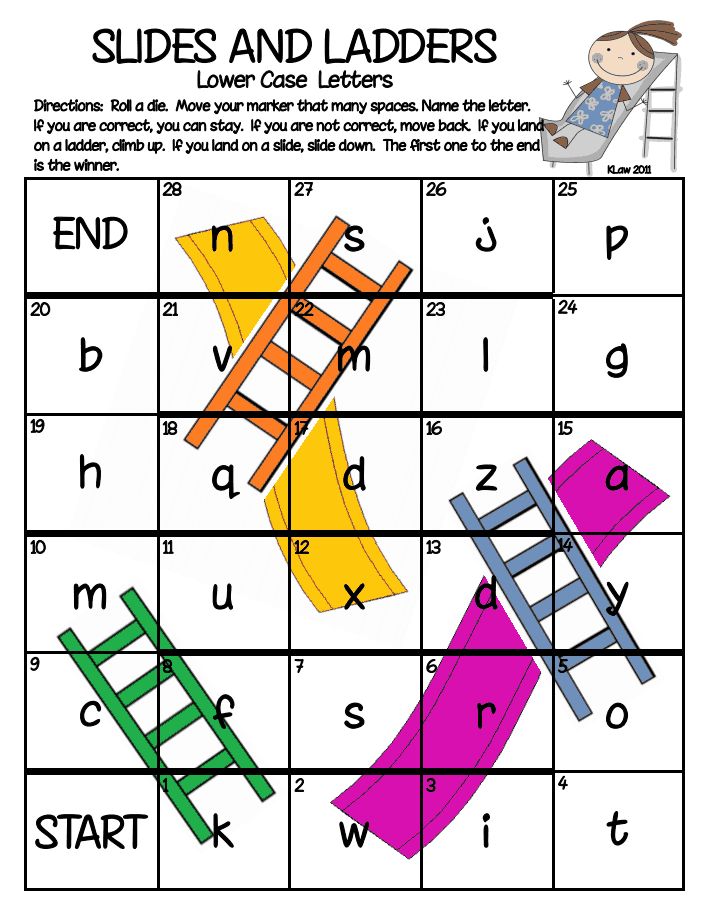 If you want this to be teacher directed, you would be the caller. If students are playing this in pairs, one student would be the person calling out the letters and one person would be the “smasher.”
If you want this to be teacher directed, you would be the caller. If students are playing this in pairs, one student would be the person calling out the letters and one person would be the “smasher.”
The “caller” says a letter out loud. The “smasher” uses their hand or a fun tool (I’ll get to that in a minute) to tap the letter card quickly.
Some ideas for “smasher” tools are fly swatters (you can get these at the dollar store), play dough, or any other kind of wand you might have available. For example, I have these star wands that students use for various pointing or activities where they have to find and identify something.
If your students need a challenge, set out a mix of uppercase and lowercase cards. Make sure the person calling out the letters specifies whether the person finding the cards should “smash” an uppercase letter or a lowercase letter.
Grab Your FREE CopyAre you ready to enjoy these frog letter activities with your students? You can get a free copy of these Frog Uppercase and Lowercase Letter Activities by clicking the large, yellow download button at the end of the post!
Want unlimited access to even MORE of our activities and resources?Then be sure you request your invite so that you can be the first to hear when the doors open again for our Print and Play Club !
With instant access to hundreds of printables by topic and skill (no more scouring the internet!), every TKC resource, video lessons, a digital games vault, teacher resources, and much more – your planning time just got easier.
- Author
- Recent Posts
Stephanie
Stephanie is a Kindergarten teacher who believes that learning should be fun, positive, and student-led. She strives to create a healthy work-life balance with lots of coffee, yoga, and family time. Stephanie shares ideas on how to maximize teacher organization and student independence on her blog, Teaching Little Leaders, Instagram, and Pinterest.
Latest posts by Stephanie (see all)
HOW TO CLEVERLY TEACH CHILDREN UPPER CASE LETTERS
Make learning uppercase letters easier for young children at school by using these printable cards with visual supports.
Over the years spent teaching in school, I've seen many children struggle with recognising upper case or capital letters.
This is not unusual and is quite common in Early Childhood as we do (and should) focus on introducing lower case letters and the sounds they make when first teaching young children phonics.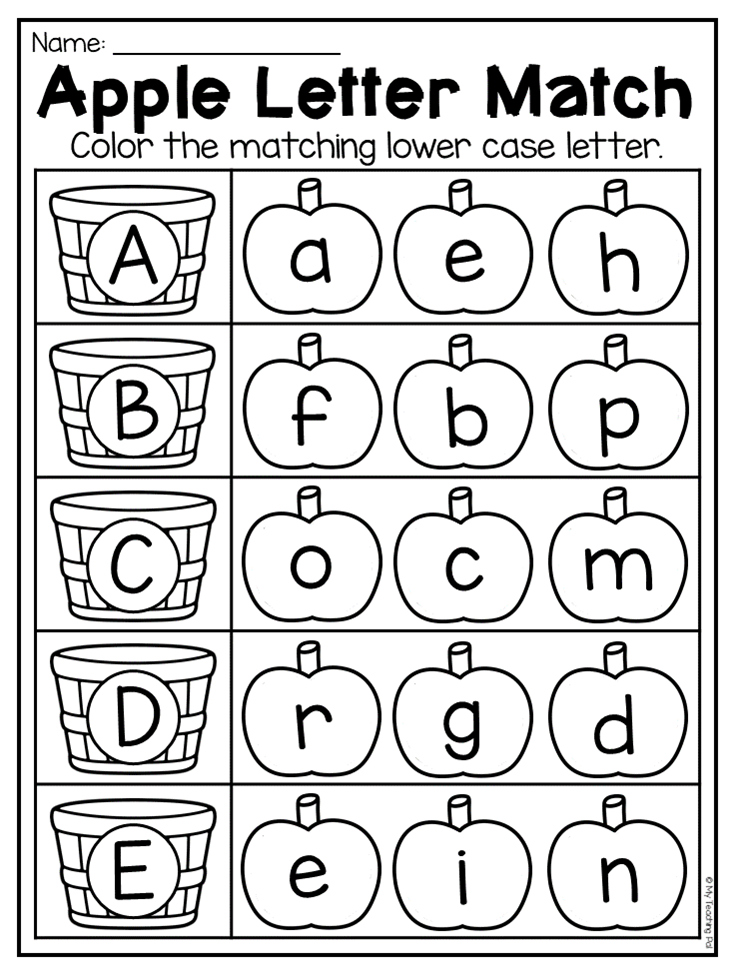
Upper case letters also need to be taught. Learning to recognise capital letters is difficult for a lot of children but we've found a clever way to help children connect their existing letter knowledge to this new concept.
This post contains affiliate links.
First, we start with a print-rich classroom.
We have alphabet charts displayed in our classroom.
The children each have desk mats to look at on each table.
We've looked at upper case or capital letters in our handwriting lessons too.
But allowing children to practice and make the connection between upper and lower case letters with objects they can move and manipulate certainly helps. Literacy centres are a useful way to incorporate some hands-on practice of the many varied skills young children need to be able to read and write effectively.
Activities that build recognition between upper and lower case letters are often included in our literacy centre rotations.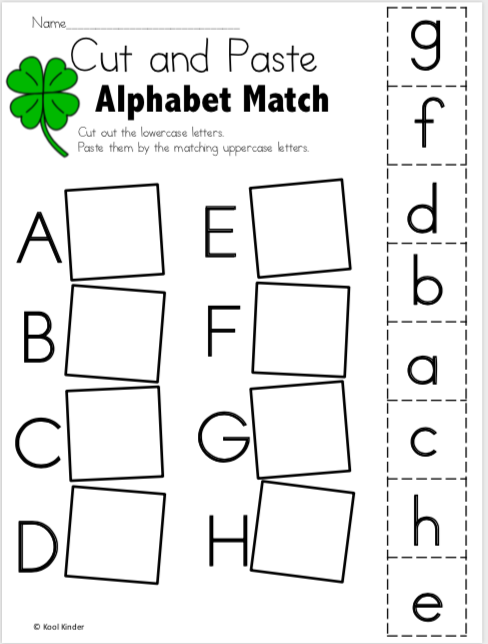
These Duplo blocks have proved to be useful many different ways and are perfect for matching upper and lower case letters.
This letter matching activity is one that can easily scaffolded to suit different learners.
Match lower case to lower case or upper case to upper case before switching it up to match lower case to upper case.
We love these cards from Playdough to Plato as they provide great revision of upper and lower case letters as do the activities mentioned above but for many of my students, they needed a step in between.
Keeping this in mind, I've created these alphabet matching cards with real life photos as visual support for my young students.
YOU MIGHT ALSO LIKE
They've been a perfect way to connect the letter/sound knowledge they already had to the letter formation - sort of working forwards then backwards.
Asking some of the children in class, most said they looked at the picture then found the lower case letter choosing from the three choices before looking again at the capital letter.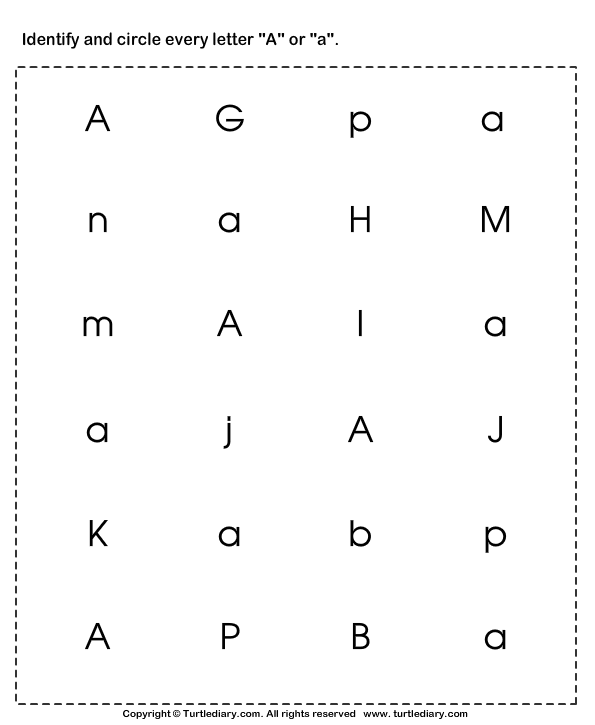
Of course, some capital letters look much like the lower case letter but these cards have proved to be a useful stepping stone for those other letters my class were struggling with.
After introducing the capital letters with our cards, I've also created these letter strips with use the lower case letter as the start.
Still including a real life photo as visual support, these capital letter match strips ask children to differentiate between four letters to choose the correct match making them slightly more difficult than our upper and lower case match cards.
ALSO AVAILABLE FROM OUR TpT STORE
This is a digital product, no physical item will be posted to you.
LIKE IT? PIN IN!
Uppercase and lowercase letters in documents
When compiling documents and checking projects prepared by executors, it is quite often necessary to “take out” errors from them, incl. fight for literacy.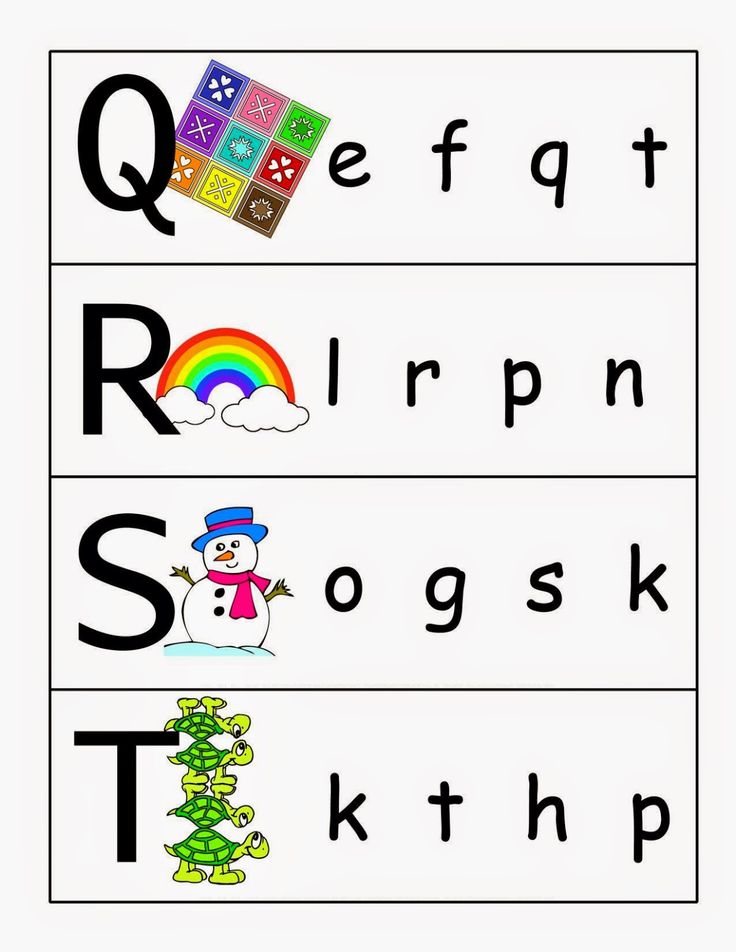 And this article will help you with this. You will figure out what letter to write the legal form in the name of the company, as well as the names of government agencies, structural divisions, positions, elements of foreign names of people, names of documents, the word "application", the names of the subject of the Russian Federation, geographical concepts, airports, railway stations, streets , metro stations, events and holidays, when you write with a capital letter, and when with a small letter. The difficulty lies in the fact that sometimes the choice of lowercase or uppercase letter for a particular element can be different. And it depends on the specific circumstances.
And this article will help you with this. You will figure out what letter to write the legal form in the name of the company, as well as the names of government agencies, structural divisions, positions, elements of foreign names of people, names of documents, the word "application", the names of the subject of the Russian Federation, geographical concepts, airports, railway stations, streets , metro stations, events and holidays, when you write with a capital letter, and when with a small letter. The difficulty lies in the fact that sometimes the choice of lowercase or uppercase letter for a particular element can be different. And it depends on the specific circumstances.
The capital letter has 2 roles:
1. Serves to highlight certain sections of text. It is placed at the beginning of the text and after punctuation marks that end the sentence (after a period, ellipsis, question mark or exclamation point). This rule is usually not difficult. Although a lowercase (small) letter after the signs "!" or "?", but in business speech this almost never happens.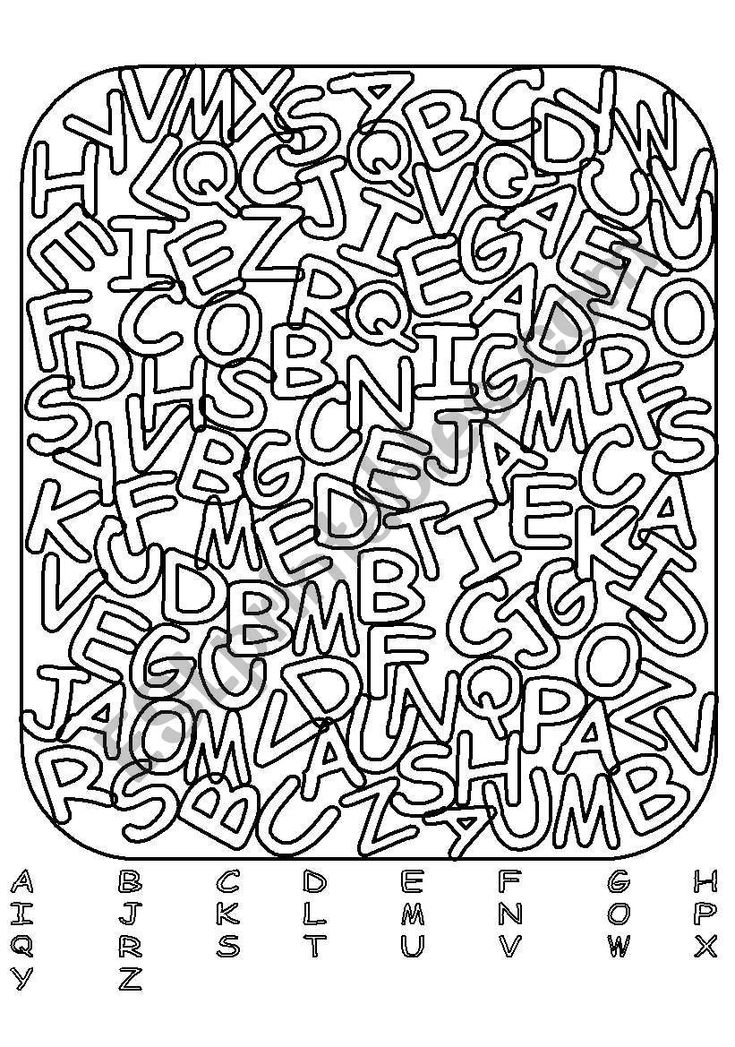
2. Allows to distinguish proper names from common nouns. And this rule is very popular in business speech.
For information
Previously, in Rus' everything was written in continuous text, even without spaces between words. Only the very beginning of the text was marked with a beautiful letter, decorating it to make it more noticeable. Such a letter was larger than others, it was called a capital letter or capital letter (meaning spelled out, painted).
When punctuation marks appeared, it was necessary to indicate the beginning of a sentence - here again a capital letter came in handy. True, you can’t save up for every offer of artistic delights. And the uppercase lost its beauty, retaining the name and size, which is larger than that of other letters in the line - lowercase.
Some languages make extensive use of capitalization, for example marking almost all nouns in text. Admirers of the English language strive to impose the same rules in Russian.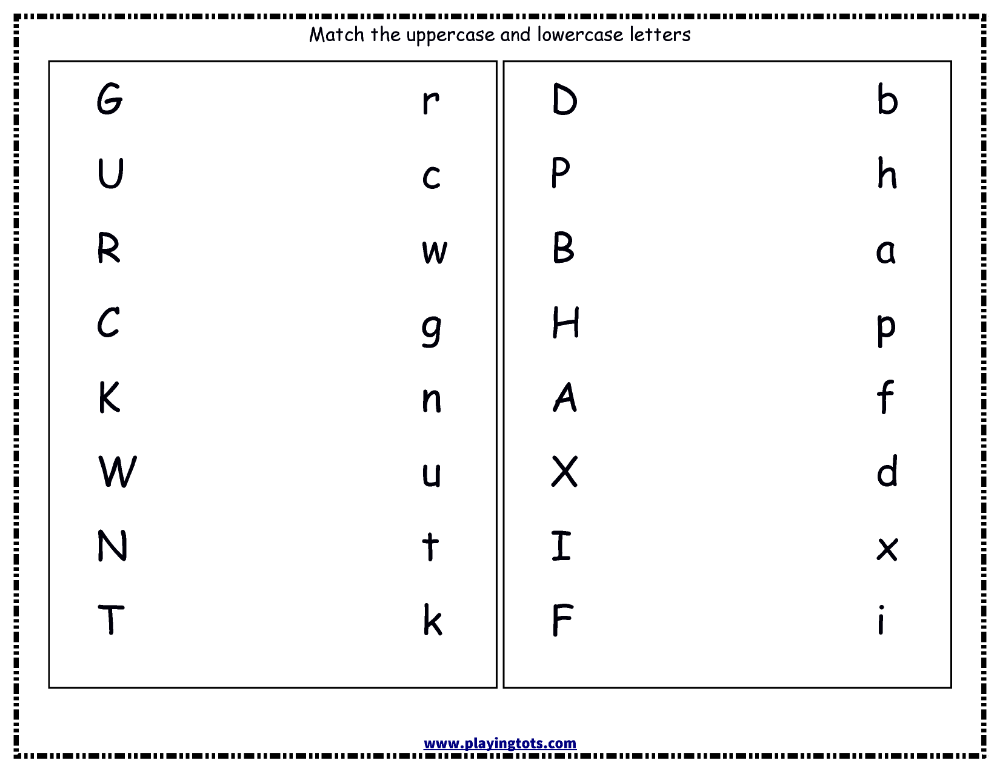 But you don’t need to mindlessly adopt other people’s rules in your monastery.
But you don’t need to mindlessly adopt other people’s rules in your monastery.
Proper names are divided into 2 groups:
- The first is proper in the narrow sense (they belong to someone or something). These include:
- names and nicknames of people,
- animal names,
- geographical and astronomical names.
- Second group - item . These are the names of authorities, other institutions and other organizations, associations, historical eras, public events, newspapers, magazines, books, awards, industrial products and much more.
The spelling of proper names is regulated by the rules of the Russian language. And although there are many difficult ones among them, still remember them in order to be guided by a literate person. The general rule is: in proper names (in the narrow sense), all words are capitalized. For example: Nikolai Vasilyevich Gogol (first name, patronymic and last name of a person), Santa Claus (name of a fairy-tale character), Kashtanka (animal nickname), Sirius (star name), Ursa Major (astronomical name), Kamchatka (geographical name), Krivoy Rog (city name).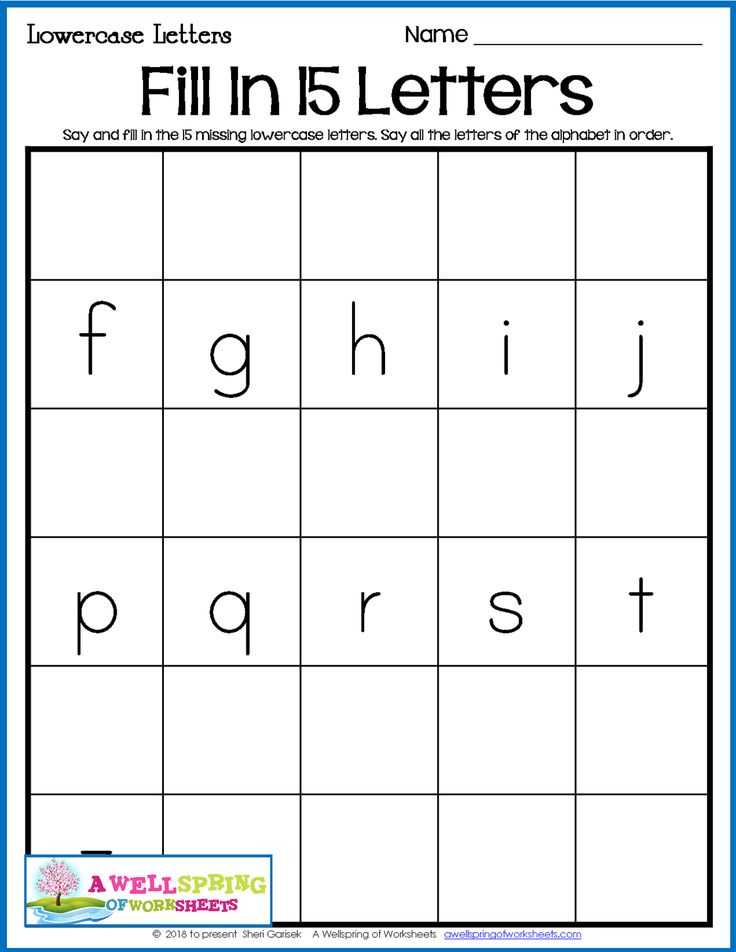
In speech, proper names are usually accompanied by words denoting gender . For example: a dog (generic term) Bug (name) was playing in the yard. So generic terms do not belong to proper names, they are common nouns and are written with a lowercase letter.
Names of people, incl. foreign
First name, patronymic and last name are always capitalized.
Double surnames are written with a hyphen and both with a capital. For example, Sukhotina-Tolstaya, Rimsky-Korsakov.
Own function words included in names (prepositions, articles) are written in lower case. They are not in Russian names. And in foreign languages, words denoting social status, family relations, and the like are not uncommon. They can be considered generic terms. The following words are used in Eastern names: yeah, hell, al, al, ar, ash, bey, bek, ben, zade, ibn, kyzy, ogly, pasha, khan, ed, el. According to the general rule, they are all written with a lower case - Kerim-aga, Omar ash-Sharif, Bashar Hafez al-Assad.
But a capital letter is also possible. For example, if the particle ibn precedes the name: Ibn Sina. And also in a number of names, the spelling of which is determined by tradition. Usually prepositions, articles, etc. function words (van, yes, das, de, della, der, di, dos, du, la, le, background, etc.) are written with lowercase (Leonardo da Vinci, Hans von Bülow, Honore de Balzac).
But capitalization is also possible, as in the source language: Charles De Coster, Dos Passos, Leonardo DiCaprio.
Well, DiCaprio may not get a job in a Russian company. But the spelling of Korean, Vietnamese, etc., as well as Chinese names is better to know. These names consist of 2 or more parts, and each (even 1 letter) is capitalized. For example: Deng Xiaoping, Park Su Yong, Le Thanh Ngi.
In Japanese names we meet particle san , which is written with a hyphen and lowercase (Cio-Cio-san).
Capitalized and hyphenated, Ter- is written in Armenian surnames: Ter-Petrosyan, Ter-Akopov.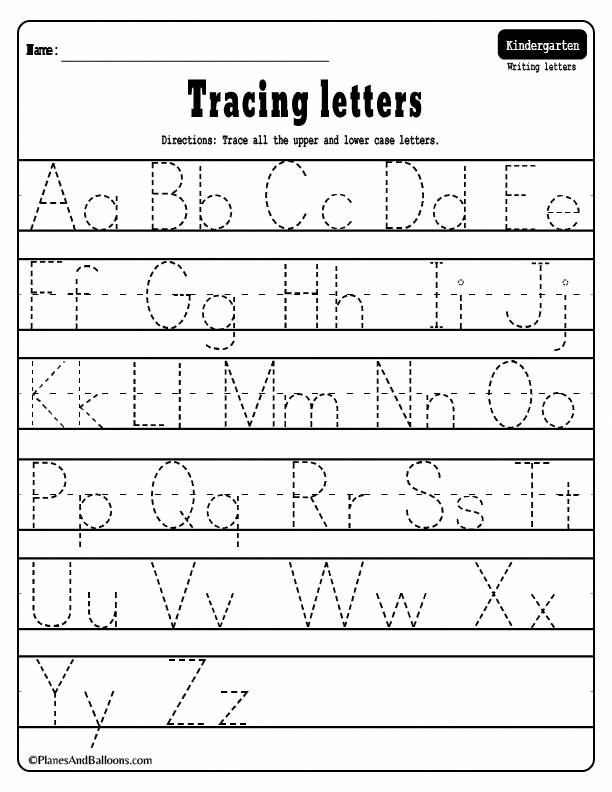
Geographical names and administrative-territorial names
If a company has a wide geography of sales or a large branch network, then different geographical names are mentioned in documents every now and then. Let's recall the rules for writing them.
In the names of continents, water bodies, mountains, countries, settlements, streets, etc., all words are written with a capital letter.
Functional words and the words “name, year, year” are written in lowercase, if they are included in the name: Zverev Street, Rostov-on-Don.
And, as a general rule, generic terms, being common nouns, are written with lowercase. For example: Northern Hemisphere, Krasnodar Territory, Hokkaido Prefecture, Tverskaya Street, Bolshoy Kamenny Bridge.
There is a nuance regarding foreign proper names. If the generic name is in Russian...
Which is correct: lowercase letters or lowercase letters?
https://radiosputnik. ria.ru/20191222/1562699898.html
ria.ru/20191222/1562699898.html
What is correct: lowercase letters or lowercase letters?
Which is correct: lowercase letters or lowercase letters? - Radio Sputnik, 01/20/2020
Which is correct: lowercase letters or lowercase letters?
In everyday life we usually talk about writing letters "large and small letters". Linguists use the words "capital" and... Radio Sputnik, 01/20/2020
2019-12-22T19: 57
2019-12-22T19: 57
2020-01-20t11: 29
on the air
Podkasta-radio sputnik
Russian oral
9000/html/head/meta [ @name='og:title']/@content/html/head/meta[@name='og:description']/@content
https://cdnn21.img.ria.ru/images/156269 /98/1562699891_0:3:1036:586_1920x0_80_0_0_06459521286568cbf0989a2234e47a32.jpg
Which is correct: lower case or lower case?
In everyday life, we usually talk about writing letters in large and small letters. Linguists, on the other hand, use the words uppercase and lowercase to designate the styles of letters in writing. Uppercase letters are large and lowercase letters are small. And what about the letters - uppercase and lowercase - large or small? Letter height. An uppercase letter differs from a lowercase letter in greater height, an uppercase letter is higher. You have already heard the accent with which I pronounce the word lower case, with the emphasis on the last syllable. It is with such an accent on the last syllable - a lowercase letter - that it is recommended to pronounce this word in strict speech. A capital letter is immediately visible in the text - it highlights the word, elevates it, and not only in the literal sense, but also figuratively. Therefore, capital letters also have a special stylistic use - we write the pronouns "You", "Your" with a capital letter, expressing a courteous, polite attitude when referring to a specific person. There are also common words that can be capitalized. We write the words Motherland, Fatherland, Fatherland, Teacher, Good, Man with a capital letter in texts where we use these words in a special high sense.
Such a special use of capital letters is reflected in the turnover with a capital letter - this is how we talk about someone, something worthy of the highest appreciation, admiration. Yakov Karlovich Grot, Russian linguist 19century, in the book "Russian Spelling" he wrote: Large letters constitute, in fact, the luxury of writing. Affordable and necessary luxury.
audio/mpeg
Which is correct: lowercase or lowercase?
In everyday life, we usually talk about writing letters in large and small letters. Linguists, on the other hand, use the words uppercase and lowercase to designate the styles of letters in writing. Uppercase letters are large and lowercase letters are small. And what about the letters - uppercase and lowercase - large or small? Letter height. An uppercase letter differs from a lowercase letter in greater height, an uppercase letter is higher. You have already heard the accent with which I pronounce the word lower case, with the emphasis on the last syllable. It is with such an accent on the last syllable - a lowercase letter - that it is recommended to pronounce this word in strict speech. A capital letter is immediately visible in the text - it highlights the word, elevates it, and not only in the literal sense, but also figuratively. Therefore, capital letters also have a special stylistic use - we write the pronouns "You", "Your" with a capital letter, expressing a courteous, polite attitude when referring to a specific person. There are also common words that can be capitalized. We write the words Motherland, Fatherland, Fatherland, Teacher, Good, Man with a capital letter in texts where we use these words in a special high sense. Such a special use of capital letters is reflected in the turnover with a capital letter - this is how we talk about someone, something worthy of the highest appreciation, admiration. Yakov Karlovich Grot, Russian linguist 19century, in the book "Russian Spelling" he wrote: Large letters constitute, in fact, the luxury of writing.
Affordable and necessary luxury.
audio/mpeg
In everyday life we usually talk about writing letters "large and small letters". Linguists, on the other hand, use the words "capital" and "lowercase" to designate the styles of letters in writing. Uppercase letters are large and lowercase letters are small. And what about the letters - uppercase and lowercase - large or small? Letter height. An uppercase letter differs from a lowercase letter in greater height, an uppercase letter is higher. You have already heard the accent with which I pronounce the word lower case, with the emphasis on the last syllable. It is with such an accent on the last syllable - a lowercase letter - that it is recommended to pronounce this word in strict speech. A capital letter is immediately visible in the text - it highlights the word, elevates it, and not only in the literal sense, but also figuratively. Therefore, capital letters also have a special stylistic use - we write the pronouns "You", "Your" with a capital letter, expressing a courteous, polite attitude when referring to a specific person. There are also common words that can be capitalized. We write the words Motherland, Fatherland, Fatherland, Teacher, Good, Man with a capital letter in texts where we use these words in a special high sense. Such a special use of capital letters is reflected in the turnover with a capital letter - this is how we talk about someone, something worthy of the highest appreciation, admiration. Yakov Karlovich Grot, Russian linguist 19century, in the book "Russian Spelling" he wrote: "Big letters are, in fact, the luxury of writing. Permissible and necessary luxury."
radio sputnik
1
5
4.7
9000
7 495 645-6601
FSUE MIA today
https: // XN-C1ACBL2ABDLKABDLKABDLK .xn--p1ai/awards/
2019
Radio Sputnik
1
5
4.7
96
7 495 645-6601
Rossiya Segodnya
https://xn--c1acbl2abdlkab1og.xn--p1ai/awards/
News ru-RU
https://radiosputnik.

